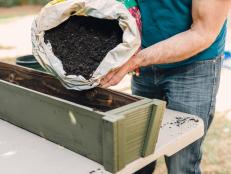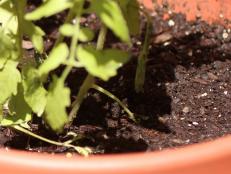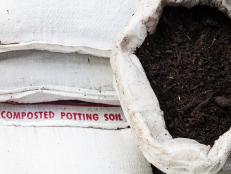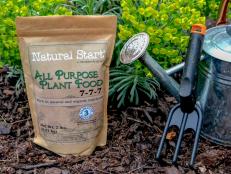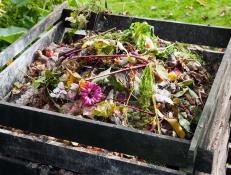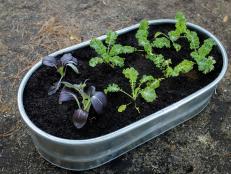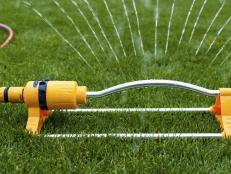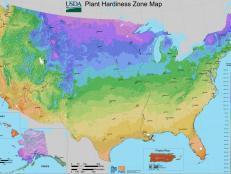Q&A: Achieving Fluffy Soil
Q: We are building raised beds, and the soil in my garden is clay. What can I add to it to make it fluffy?

A: Add organic matter — and plenty of it. Almost every soil type, except one that's already heavily organic (and most soils aren't), benefit from the addition of things like aged compost, shredded leaves, straw (not hay), grass clippings (if your lawn is weedy, compost first), etc. Organic matter helps sandy soils retain moisture and nutrients, and it helps loosen clay soils, making them less tough and dense.
If you're planting shrubs in your raised beds, you can even add some shredded pine bark mulch to your garden soil. Most containerized woody plants are raised in a bark mix, so that will feel like home to them. If you're planning on putting in a mix of annuals and perennials, you might want to consider adding purchased top soil (in bulk or in bags), mushroom compost (available in some parts of the country), and all the compost that you can spare.
The best time to do this is in the fall so that microorganisms have time to do their job and break down the organic matter. If it's spring, be sure to add a slow-release fertilizer to correct any nitrogen deficiencies that crop up.
A note about buying bagged top soil: Read the label carefully to make sure that the contents really are appropriate for adding to a garden bed; one type of bagged soil recently seen on the market was actually fill dirt — meant to fill holes in the landscape and completely inappropriate for planting.






